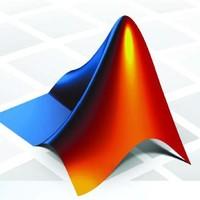In this paper, we make the first attempt to apply the boundary integrated neural networks (BINNs) for the numerical solution of two-dimensional (2D) elastostatic and piezoelectric problems. BINNs combine artificial neural networks with the well-established boundary integral equations (BIEs) to effectively solve partial differential equations (PDEs). The BIEs are utilized to map all the unknowns onto the boundary, after which these unknowns are approximated using artificial neural networks and resolved via a training process. In contrast to traditional neural network-based methods, the current BINNs offer several distinct advantages. First, by embedding BIEs into the learning procedure, BINNs only need to discretize the boundary of the solution domain, which can lead to a faster and more stable learning process (only the boundary conditions need to be fitted during the training). Second, the differential operator with respect to the PDEs is substituted by an integral operator, which effectively eliminates the need for additional differentiation of the neural networks (high-order derivatives of neural networks may lead to instability in learning). Third, the loss function of the BINNs only contains the residuals of the BIEs, as all the boundary conditions have been inherently incorporated within the formulation. Therefore, there is no necessity for employing any weighing functions, which are commonly used in traditional methods to balance the gradients among different objective functions. Moreover, BINNs possess the ability to tackle PDEs in unbounded domains since the integral representation remains valid for both bounded and unbounded domains. Extensive numerical experiments show that BINNs are much easier to train and usually give more accurate learning solutions as compared to traditional neural network-based methods.
翻译:暂无翻译




